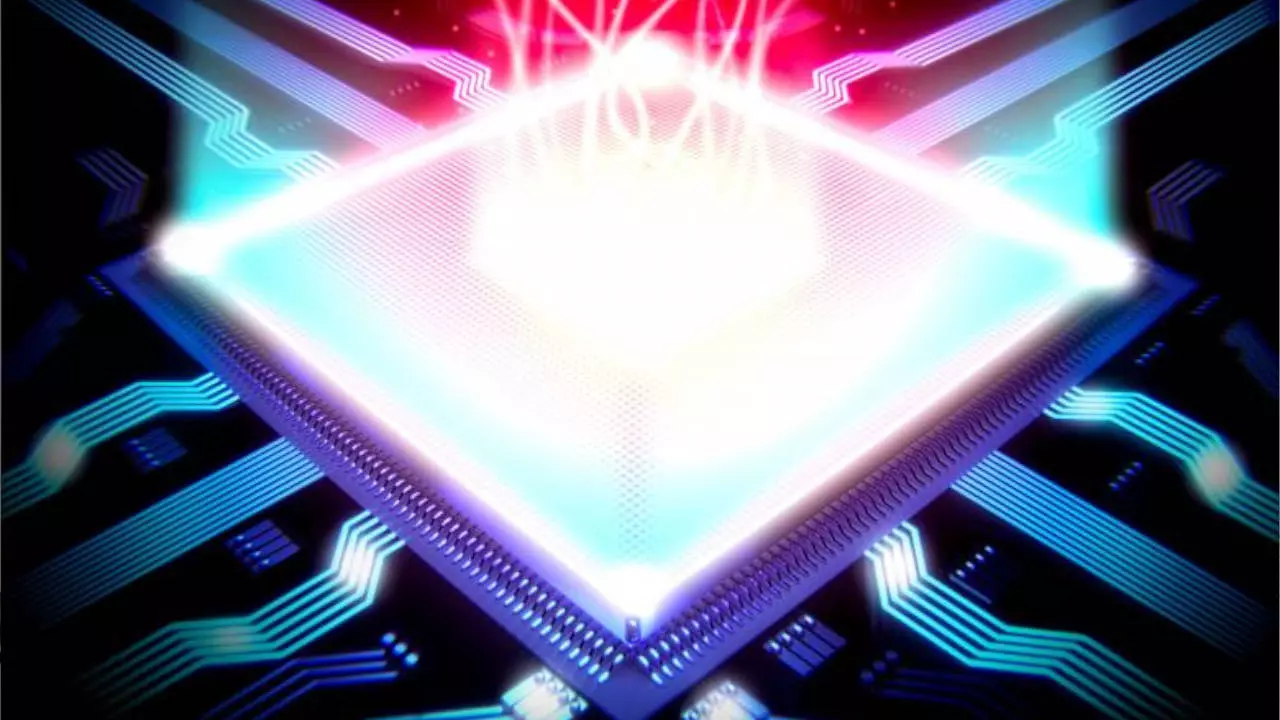With the evolution of computer technology, it’s no secret that our PCs can generate quite a bit of heat, especially during heavy usage. This has led to innovative cooling solutions, including the use of thermal paste on critical components like CPUs and GPUs. But when was the last time you considered changing the thermal paste on your graphics card?
The Overlooked Necessity of GPU Thermal Paste Maintenance
While it’s common knowledge that CPUs require thermal paste, many overlook the fact that GPUs also rely on this crucial component for efficient cooling. Just like the CPU, the GPU consists of a microchip that acts as its core, necessitating the presence of thermal paste to dissipate heat effectively. This paste, unfortunately, doesn’t last forever. Over time, it can dry out, leading to increased temperatures and potentially hampering your PC’s performance.
To Change or Not to Change: The GPU Thermal Paste Dilemma
Before you rush to replace the thermal paste on your GPU, there are several factors to consider:
- Warranty Concerns: Opening up your graphics card to change the thermal paste can void its warranty. This is a significant consideration, as any mishap during or after the process would mean you can’t claim a replacement.
- Diagnosing the Real Problem: Overheating issues aren’t always due to dried-up thermal paste. Factors like dust accumulation, environmental temperature, and usage patterns also play a role. Sometimes, a simple cleaning might be all that’s needed.
- Quality of the Thermal Paste: If you do decide to replace the paste, remember that the quality of the new paste matters. A low-quality paste won’t solve overheating issues and might even exacerbate them.
The Process: Changing Your GPU’s Thermal Paste
Changing the thermal paste on a GPU is not as daunting as it might seem, though it does require some basic technical knowledge. Here’s a simplified overview:
- Preparation: Gather the necessary tools and choose a high-quality thermal paste.
- Opening the GPU: Carefully disassemble the graphics card to access the area where the paste is applied.
- Cleaning: Remove the old thermal paste from the GPU chip and heatsink.
- Application: Apply a thin, even layer of the new thermal paste.
- Reassembly: Put the graphics card back together and reinstall it in your PC.
Final Thoughts
Altering the thermal paste on your GPU is a potentially beneficial maintenance step but should be approached with caution. Evaluate the risks, such as warranty voidance and the actual necessity of the change, before proceeding. With the right approach, however, updating the thermal paste can lead to improved performance and longevity of your graphics card, ensuring your PC runs cooler and more efficiently.

